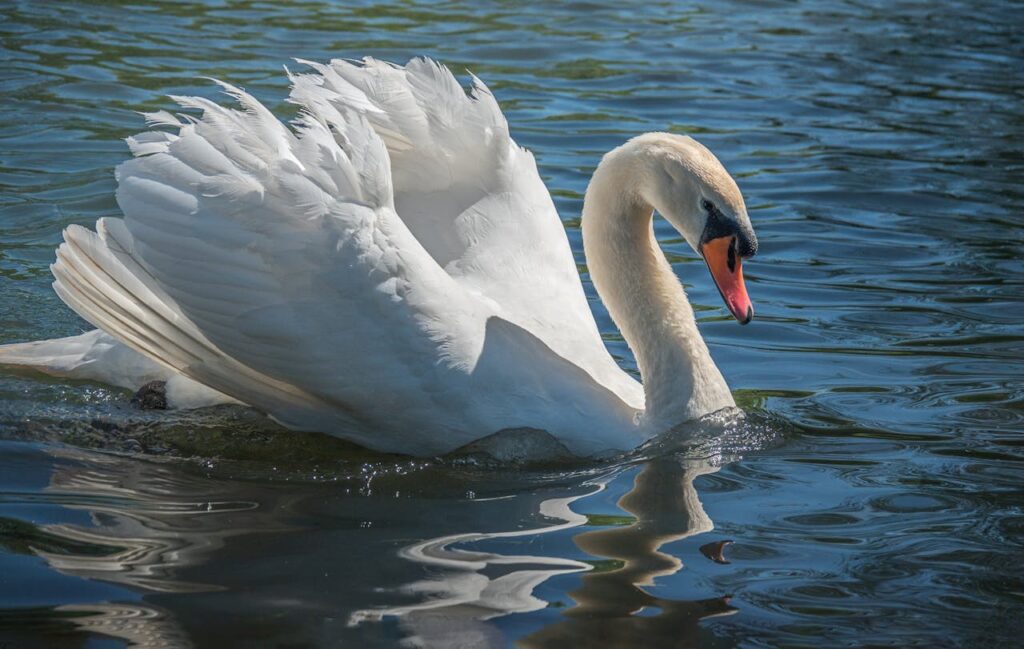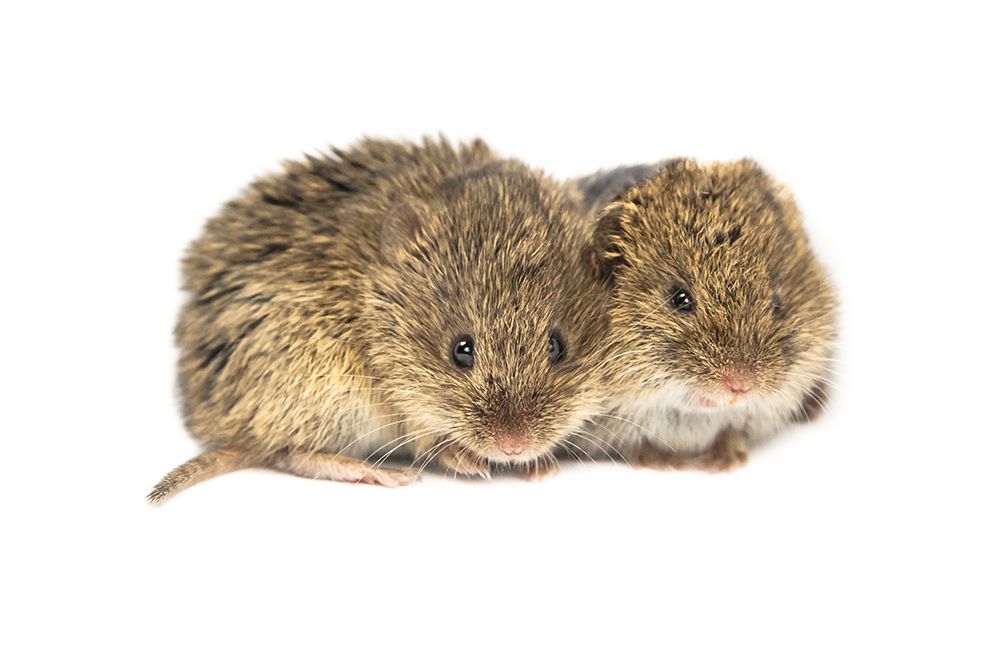Why Certain Animals Symbolize Love: From Myth to Biology
Across cultures and throughout history, different animals have come to symbolize various human emotions. Among these, love holds a special place. But what animal truly represents love, both in myth and in nature? While doves and swans often come to mind, the answer isn’t one-size-fits-all. Let’s explore which animal best represents love and why, through a mix of folklore, evolutionary biology, and social behavior.
The Dove: A Universal Emblem of Romantic Devotion
The dove arguably leads the list when it comes to symbolic associations with love. Found in ancient Greek, Roman, and Hindu myths, doves were linked with goddesses of love such as Aphrodite and Venus. Today, white doves are released at weddings and ceremonies as symbols of peace, purity, and enduring love.
From a biological standpoint, what makes doves particularly representative of love is their monogamous mating behavior. Many dove species, especially the mourning dove (Zenaida macroura), form strong pair bonds that sometimes last for life. Mated pairs share nesting duties and feed their chicks together by producing crop milk, a nutrient-rich secretion unique to pigeons and doves. This partnership-driven parenting makes doves a fitting metaphor for shared affection and unity.
Swans and Lifelong Loyalty
Swans are another timeless symbol. Their graceful appearance and visible pair bonding behavior make them poster animals for romantic imagery, often featured in everything from fairy tales to classical artwork. The mute swan (Cygnus olor), native to Europe and Asia, is especially known for forming what appear to be life-long monogamous bonds.
What’s interesting is that swans are not strictly monogamous for life. Studies have shown that while many swans do stay with one partner for several breeding seasons, they may switch partners due to reproductive failure or the death of a mate. Nonetheless, their visible mutual behaviors, swimming in synchrony, preening each other, and defending territory together, reinforce a deep aesthetic and cultural association with lasting love.
Penguins: Cold Climate, Warm Connections
Penguins, particularly emperor penguins (Aptenodytes forsteri) and Adélie penguins (Pygoscelis adeliae), are often admired for their devoted parenting and romantic displays. Some species even engage in elaborate courtship rituals involving the selection of perfect pebbles, a charming gesture akin to offering a gift.
Emperor penguins endure harsh Antarctic winters while raising offspring, with males holding the egg on their feet for two months without eating. It’s a joint effort; once hatched, parents take turns foraging and caring for the chick. While penguin pair bonds may not always last multiple seasons, the cooperative care of their young and shared survival strategy make them compelling symbols of mutual dedication.
Prairie Voles: The Neuroscience of Monogamous Love
Moving away from birds, one of the most fascinating animal models for love comes from a small, seemingly unassuming rodent: the prairie vole (Microtus ochrogaster).
Unlike many other mammals, prairie voles form long-term pair bonds and even exhibit signs of grief after the loss of a mate. What sets them apart is their brain chemistry. Research shows that their high levels of oxytocin and vasopressin, two hormones also involved in human bonding, play a central role in attachment behavior.
When scientists block these hormones in prairie voles, their monogamous behaviors diminish dramatically. Interestingly, this makes prairie voles a valuable model for studying the biology of love.
| Animal | Love Traits | Type of Love Symbolized |
|---|---|---|
| Dove | Monogamy, co-parenting, peaceful courtship | Romantic, spiritual, and peaceful love |
| Swan | Lifelong pair bonds, synchronized behavior | Romantic and enduring love |
| Penguin | Parental cooperation, endearing rituals | Devoted and familial love |
| Prairie Vole | Neurochemical bonding, pair loyalty | Scientific and emotional love |
Love in Non-Monogamous Animals? Yes, It’s Complicated
It’s worth noting that animals don’t need to be monogamous to express affection or social bonds. Bonobos (Pan paniscus), one of our closest primate relatives, use physical intimacy as a way to establish social harmony. While their sexual behavior is not confined to pair bonds, it reflects a broader, multifaceted idea of love, touch as healing, sensual, and socially cohesive.
Elephants too showcase deep emotional intelligence. Not only do they form lifelong bonds with their herd members, but they also grieve their dead and comfort distressed companions. These behaviors, though not romantic in a human sense, illustrate the broad spectrum of love—from companionship to compassion.”
So, What Animal Best Represents Love?
The answer depends on the dimension of love you’re looking at. For symbolic romance and peace, the dove remains unmatched. If loyalty and cooperation are your focus, swans and penguins offer compelling LTR goals. And for scientifically backed emotional bonds? Prairie voles top the list.
Overall, animals express affection and attachment in surprisingly varied and complex ways. Whether it’s a bird preening its mate or a rodent missing its partner, love in the animal kingdom is as rich and diverse as it is in human life.
Related Questions About Love and Animal Symbolism
- What is the most loyal animal in the world?
Many consider the prairie vole one of the most loyal due to its monogamous behavior and hormonal bonding. Swans and wolves also top the list for mate fidelity. - What animal represents unconditional love?
Dogs are often seen as symbols of unconditional love. Their consistent affection, even in the face of neglect, has earned them this reputation across cultures. - Which animals mate for life?
Some well-known examples include swans, wolves, bald eagles, and some penguin species. However, “for life” can vary depending on environmental factors and reproductive success. - Do animals feel love like humans?
Neuroscience suggests that some animals experience attachment and affection through similar neurochemical pathways, especially oxytocin. While their experience may differ in complexity, emotional bonding is certainly observed. - Why are doves associated with love?
Doves have been connected with love deities in many cultures, and their gentle nature and lifelong pair bonding reinforce their symbolism in romance and peace.



